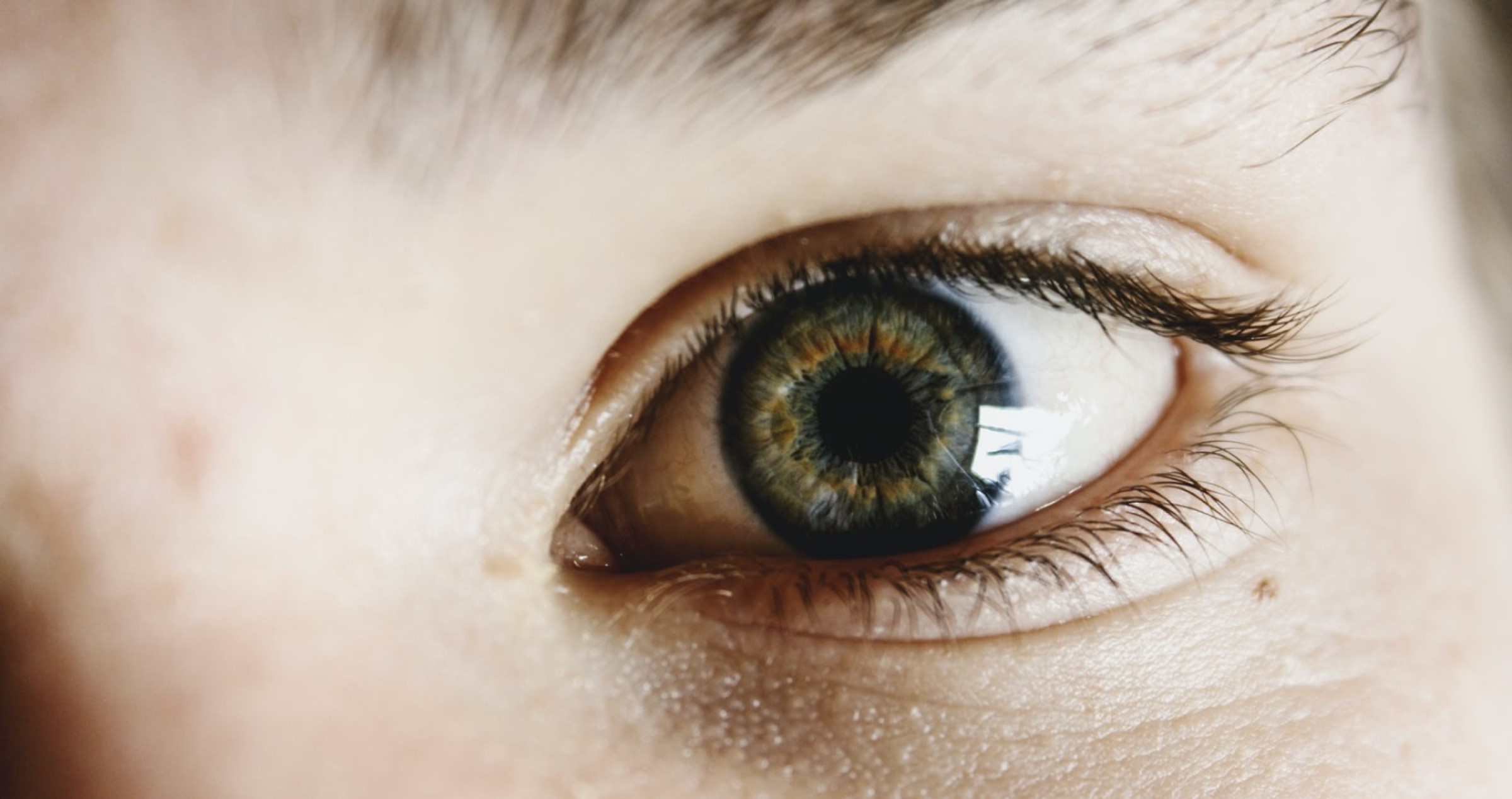Share
The cornea is the clear layer that covers the iris and the pupil. It is very important in helping to begin the process of focusing the light towards the back of the eye.

Intraocular pressure measurement uses an instrument that gently touches the surface of the cornea and determines the pressure within the eye. When this marvellous instrument was first designed by Prof. Hanz Goldmann in the 1930’s, Prof Goldmann was aware that the thickness and rigidity of the cornea were very important and might influence the measurement of the pressure. Incorporated within the instrument design are some features which help to compensate for the rigidity of the cornea, but these design modifications were determined on the assumption of the “average” cornea.
Over the last couple of decades it has become much easier to measure corneal thickness and it has now become apparent that there is a wide variation in corneal thickness. The cornea is now measured with a small ultrasound probe that gently touches the surface of the cornea and can accurately measure the thickness of the cornea in a very short time.
This instrument, which is called an ultrasound pachymeter, has been used in a number of studies including the Ocular Hypertension Treatment Study. These studies have found that the risk of developing glaucoma damage is higher in people who have very thin corneas, and much lower in people with thick corneas. This information is new and important.
The mechanism by which the corneal thickness influences the glaucoma process is not entirely clear. One possibility is that the corneal thickness affects the intraocular pressure measurement to a significant degree. This means that people who have thin corneas have pressure measurements which are lower than they really should be and may be having their intraocular pressures under treated.
At the other end of the spectrum, people with very thick corneas tend to have an intraocular pressure measurement that reads higher than the pressure really is. This means that many of them are considered to have ocular hypertension (high pressure within the eye) but without signs of glaucoma. Another possible mechanism for the increased susceptibility of people with thin corneas to glaucoma damage is that the thin cornea is a marker of a structural weakness in the back of the eye at the optic nerve level. These questions will need to be looked at in more detail as time goes by.
The importance of corneal thickness then is most evident in people with very thin corneas or thick ones. If the cornea is very thin this does tend to mean a greater likelihood of damage occurring in the optic nerve and may suggest that lower intraocular pressures are required. At the other end of the spectrum, people with higher pressure but no signs of damage who have a very thick cornea, probably do not have glaucoma at all and it may be safe to watch them without treatment for the pressure.
People who have had refractive surgery such as Lasik or PRK, form an unusual group. In this situation the cornea is artificially thinned by the laser which corrects short-sightedness. This does tend to influence the intraocular pressure measurement and tends to make the pressure measure a little lower than it would have done if the cornea had not been disturbed. The ophthalmologist treating such patients will always take this corneal thickness change into account when pressure measurements are performed.


